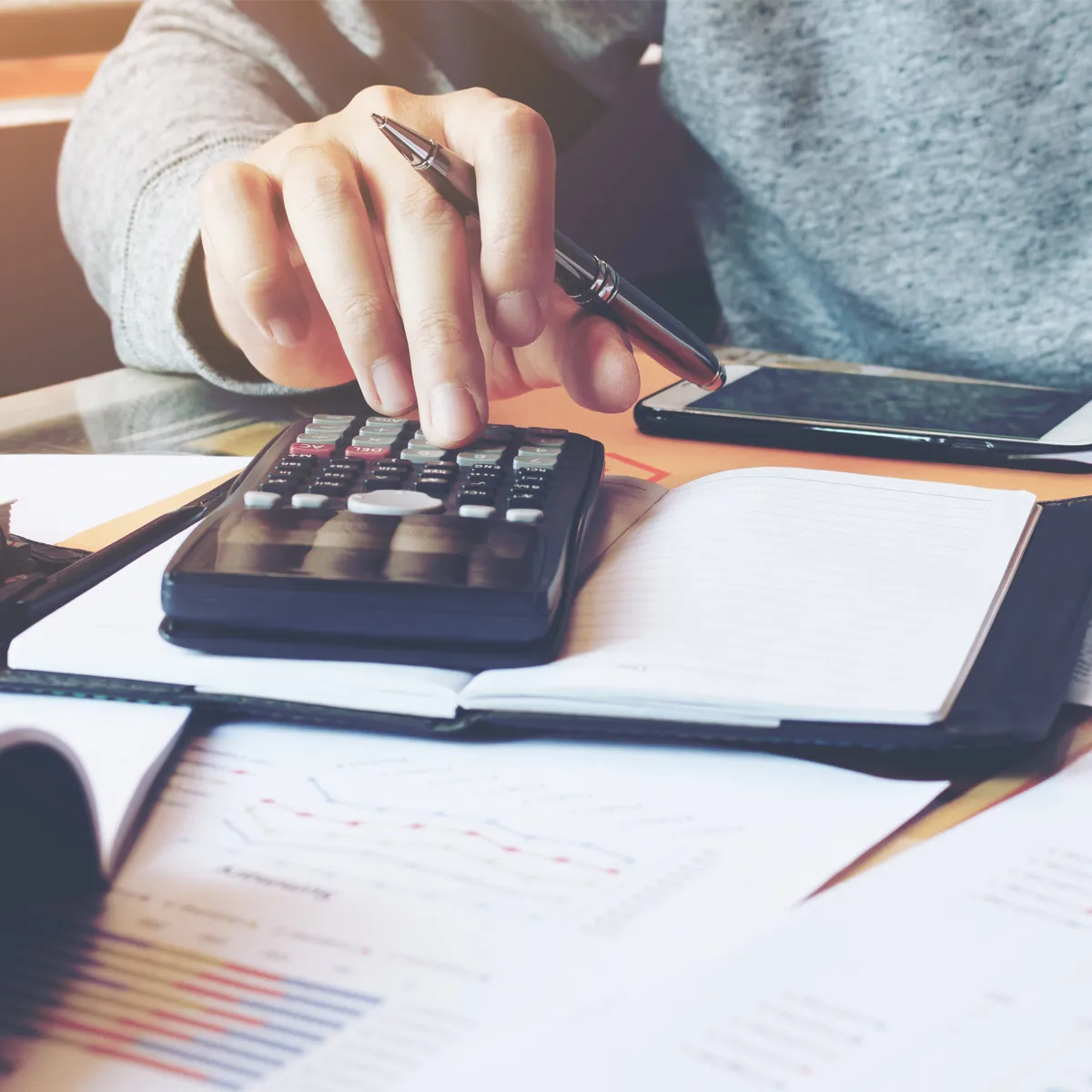

Article published in El Comercio.
The performance of the Peruvian economy this year will depend on several forces. On the one hand, on the external front some definitions that are pending generate uncertainty and will limit its momentum, such as the U.S. elections, the debate of a new Constitution in Chile, and the impact of coronavirus in China, amongst others.
On the other hand, on the local front, after the election of the new Congress, the uncertainty about legislative changes that could arise and the lack of engines for economic growth, we observe six trends that will probably leave their mark on the progress of the Peruvian economy.
“Formal employment will probably continue to grow, but not strongly enough in order to absorb the 270,000 young people that enter the labor market each year in search of employment.”
1. Moderate growth. There’s a consensus among analysts that expect the economy to grow close to 3% in 2020 (Apoyo Consultoría, 2.7%), a slow rate, sustained by certain upturns in public investment and mining. But the most noteworthy trend will be the stagnation in private investment. This is due to uncertainty and the fact that many companies are working below their installed capacity, which means there’s no need for expansions, but above all due to a lack of new large-scale mining and infrastructure projects which would enable the momentum of recent years to be maintained.
2. Families on a tight budget. Formal employment will probably continue to grow, but not strongly enough in order to absorb the 270,000 young people that enter the labor market each year in search of employment. As a result, the average wages will fall in real terms for the second consecutive year.
3. Businesses hard at work. In this context of moderate growth, businesses will sustain the expansion of their sales through commercial efforts, the implementation of new technologies and the exploration of new markets, according to a poll carried out amongst close to 500 SAE executives from Apoyo Consultoría. This will give way to intense competition in several economic sectors.
4. Financial calm. The good news is that the Peruvian economy is solid and enjoys low levels of risk. Thanks to this, financing costs will probably remain low for families and businesses. This way, there will be opportunities to improve financial balance sheets or to finance business ventures.
5. Microregulatory populism. Despite expecting less confrontation between Congress and the Executive in comparison to last year, the risk that they will propose populist initiatives –in the areas such as legislation of labor, pensions and consumer protection– remains high (Gianfranco Castagnola explained this risk in his article “The slow demolition of the model” from February 12 2020).
6. Bundling projects. The government will attempt to accelerate public investment and the projects of the National Infrastructure Plan by bundling works together and use modern contracting mechanisms such as those used in the Pan American Games. Moreover, it has passed measures that could remove existing red tape barriers for investments in some concessions. If this is successful, this could generate a strong source of economic growth in the next few years.